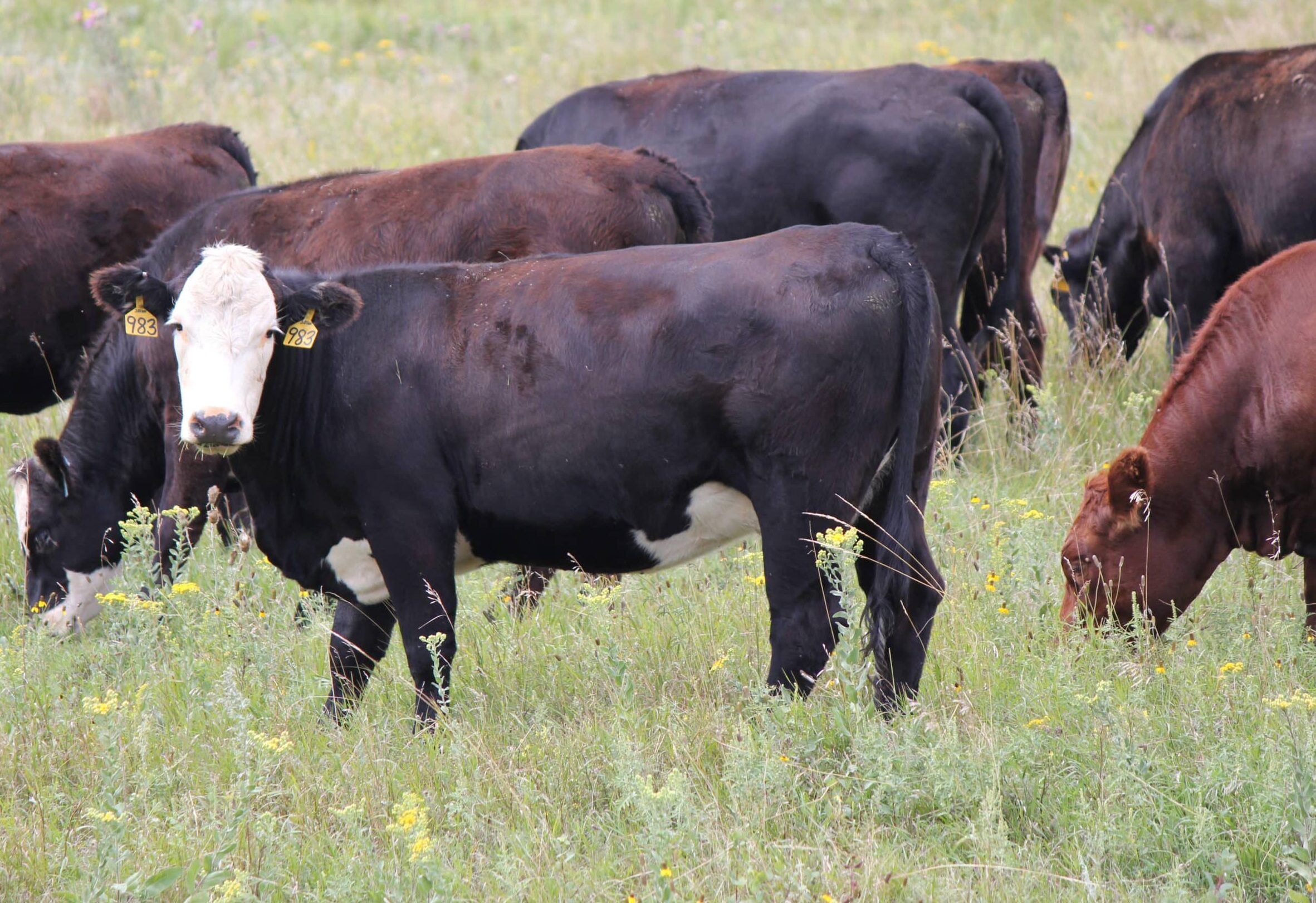
Not a Typical Cattle Cycle - When Does the Cow Herd Finally Start to Grow?
The cattle market moves in cycles, usually lasting nine to 10 years. The current cycle is already in its 12th year, including its seventh year of contraction, the longest since the 1990-2004 cycle. The current feedback loop of high prices and the sale of beef cows for slaughter instead of breeding is creating an unprecedented updraft, leading to record prices and leaving it anyone’s guess when the cycle might return to Earth.
USDA estimated cattle and calves on feed on March 1 at 11.56 million head, down 2% from last year and slightly below average analyst expectations. (The monthly Cattle on Feed report measures cattle on feed in U.S. feedlots with capacity of 1,000 or more head as of the first of the month.)
This was a very bullish report. Placements of cattle into feedlots in February were 1.55 million head, 18% below the same time in 2024 and the lowest number for any month since June 2016. This drop was anticipated after months of elevated placements through 2024. Cattle available to be placed on feed have begun drying up and feedlot inventories have declined since the start of the year. This will lead to fewer fed cattle being available for beef production during the summer months when beef demand is typically the highest (Figure 2). This sharp decline could be the first sign of herd rebuilding and an indication that the current cattle cycle is coming to an end. However, this is not your typical cattle cycle.
Questions about this Article?:

Copyright © 2021-2025. All rights reserved
This website stores cookies on your computer. These cookies are used to collect information about how you interact with our website and allow us to remember you. We use this information in order to improve and customize your browsing experience and for analytics and metrics about our visitors on this website. To find out more about the cookies we use, see ourPrivacy Policy.